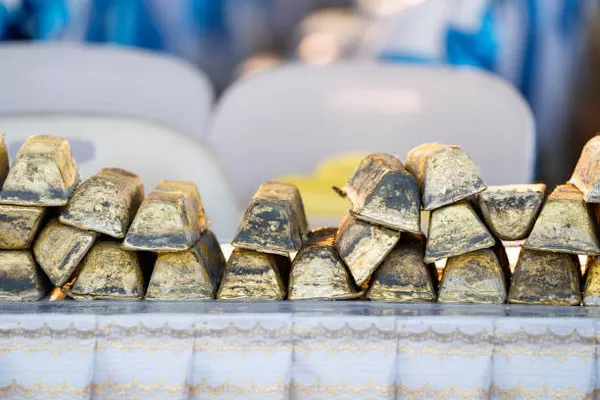As investors seek diversification and exposure to precious metals, silver exchange-traded funds (ETFs) have emerged as an attractive option. Silver, known for its dual roles as an industrial and precious metal, offers a unique investment opportunity. However, with a plethora of silver ETFs available, selecting the right one is crucial for maximizing returns and managing risk. In this article, we will explore the key factors that define a good silver ETF.
Understanding Silver ETFs
Silver ETFs are investment funds that trade on stock exchanges, providing investors with exposure to the performance of silver without the need to physically own and store the metal. These funds typically hold physical silver or derivatives linked to the silver price.
Liquidity and Trading Volume
One of the primary indicators of a good silver ETF is liquidity and trading volume. Liquidity ensures that investors can easily buy or sell shares without significantly impacting the market price. A higher trading volume is generally associated with lower bid-ask spreads, reducing transaction costs for investors. Well-established silver ETFs with a track record of high trading volumes often provide more efficient market access.
Expense Ratios
Expense ratios are a critical consideration when evaluating any ETF, including those focused on silver. These ratios represent the percentage of assets that the fund manager charges annually for managing the ETF. A good silver ETF will have a competitive expense ratio, ensuring that investors retain a significant portion of their returns. Lower expense ratios can have a substantial impact on long-term performance, making cost efficiency a key criterion for selecting a silver ETF.
Physical Backing and Storage
Investors looking for exposure to the actual silver market should consider ETFs that hold physical silver. These funds purchase and store silver bars, coins, or other physical forms of the metal, providing a direct link to its market value. It is essential to examine the storage arrangements and security measures implemented by the ETF to safeguard the physical assets, as this can impact the fund’s overall safety and reliability.
Tracking Error and Benchmark
A good silver ETF should closely track its benchmark index. Tracking error measures the divergence between the ETF’s performance and the performance of the underlying index. Investors should opt for funds with low tracking errors, indicating that the ETF accurately reflects the movements in the silver market. Additionally, understanding the benchmark used by the ETF is crucial, as it determines the fund’s investment strategy and goals.
Diversification and Holdings
Investors often seek diversification within their portfolios to mitigate risk. A well-constructed silver ETF should provide exposure to a broad range of silver assets, avoiding over-concentration in a particular segment. Diversification can be achieved through holding various silver-related instruments, such as futures contracts or mining stocks. Examining the ETF’s holdings and understanding its diversification strategy is vital for assessing its risk profile.
Tax Efficiency
Investors should consider the tax implications associated with holding a silver ETF. Some funds are structured in a way that may result in more favorable tax treatment for investors, such as through the creation of in-kind redemptions. Understanding the tax efficiency of a silver ETF can help investors optimize their after-tax returns.
Performance History
Analyzing the historical performance of a silver ETF is essential for evaluating its consistency and ability to deliver returns over different market conditions. While past performance does not guarantee future results, a track record of stable returns and low volatility can instill confidence in investors. Consideration should also be given to how the ETF performed during periods of economic uncertainty or market stress.
Regulatory Compliance and Transparency
A good silver ETF must adhere to regulatory standards and maintain transparency in its operations. Investors should review the fund’s prospectus, financial statements, and regulatory filings to ensure compliance with industry regulations. Additionally, transparency in reporting the fund’s holdings, expenses, and performance metrics fosters trust among investors.
See Also Is it a Good Time to Invest in Gold or Silver?
Conclusion
Choosing the right silver ETF is a crucial decision for investors seeking exposure to the precious metal. Factors such as liquidity, expense ratios, physical backing, tracking error, diversification, tax efficiency, performance history, and regulatory compliance should all be carefully considered. By conducting thorough research and due diligence, investors can identify a solid silver ETF that aligns with their financial goals and risk tolerance. As with any investment, consulting with a financial advisor isrecommended to ensure that the chosen silver ETF aligns with the investor’s overall portfolio strategy.


